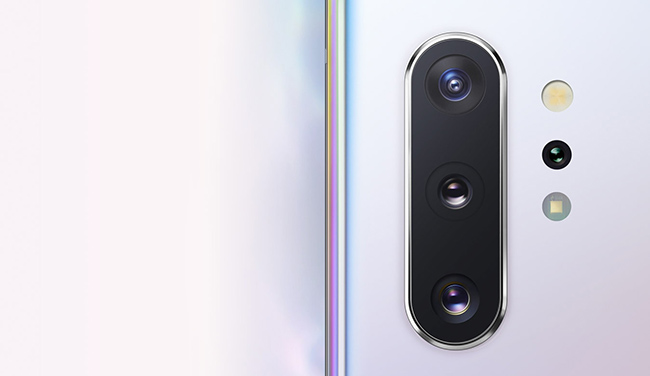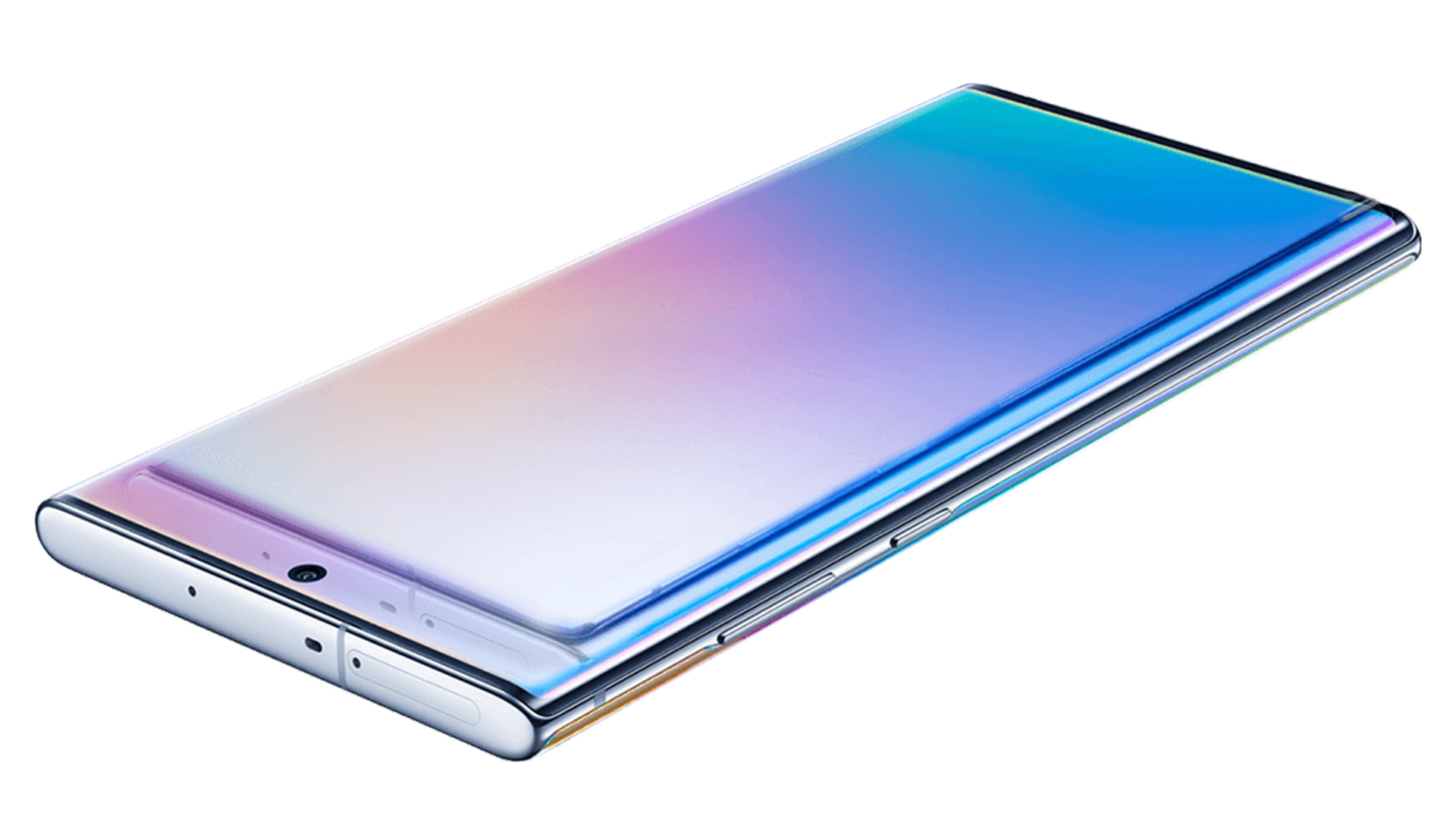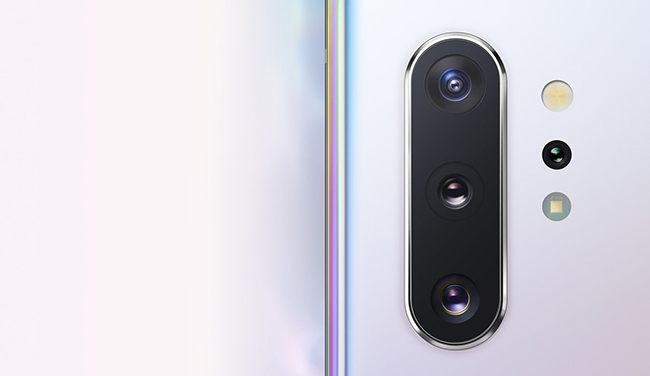

The latest version of Samsung’s flagship smartphone the Galaxy Note recently went on sale and it includes some pretty stellar camera specs.
There are in fact three flavours of the Galaxy Note 10. While the Galaxy Note 10 sports a trouser bulging 6.3-inch sized screen the Galaxy Note 10+ requires even bigger pants to accommodate a 6.8-inch AMOLED display. Both are HDR10+ certified and both appear almost bezel-less to give a Cinematic quality.
That’s particularly useful if you are considering the 5G-enabled variant of the Note 10+ for streaming high resolution video, downloading content and streaming graphics-heavy games in real time.
All models share the same 10MP front-facing camera and the same triple-camera, which combines a 12MP wide-angle shooter with variable aperture that automatically switches between f/1.4 and f/2.4 to capture images in tough lighting conditions, a 16MP ultra-wide with a 123° field of view, and a 12MP telephoto camera. The Note 10+ adds a depth sensing camera.

But it’s the software tweaks where Samsung’s phone imaging scores.
Samsung says the new software should offer better bokeh-style blur behind the subject in photos and videos. It should also offer more accurate results when measuring distances, or placing computer generated objects into the real-world using AR apps.
The Live Focus video mode adds a depth effect to video, and you can choose among four filters for both front and rear cameras. This mode adds depth-of-field adjustments so you can blur the background to focus on your subject.
With the onboard video editor you can add musical tracks, trim and add text then publish it online.
An improved Super steady mode stabilises footage, and is now available in Hyperlapse mode for steady time-lapse videos.
A small stylus or S Pen can be used to scrawl handwritten notes, annotate webpages, sign PDFs, and remotely control the camera shutter to take photos at a distance without relying on the timer.
The S Pen can also be used to personalise photos with drawings, effects, and animations that track to the image. And with 3D Scanner, a first for the Note, the Galaxy Note10+’s 3D Depth Camera can take a scan of an object, and instantly turn it into a movable 3D rendering.
The price? Galaxy Note 10 starts from £899 for the 4G model with 8GB of RAM and 256GB of built-in storage, while the Galaxy Note 10+ costs £999 for the 256GB variant, and maxes-out at £1,199 for the 5G-enabled handset with 512GB of storage and 12GB of RAM.
Look out next month for the re-release of the Galaxy Fold - withdrawn from the market in April for further redevelopment and this time supposedly with the wrinkles in its bendable design smoothed out.
Tags: Technology


Comments